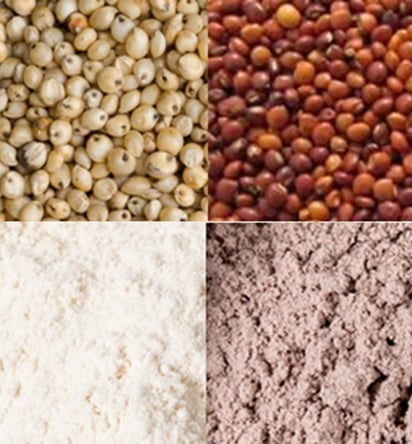Sustainable sorghum pulp and paper
The pulp and paper industry is facing a shortage of sustainable fiber supplies, leading to a need for alternative raw materials, particularly non-wood fibers from agricultural wastes. Sorghum, a C4 crop with high photosynthetic efficiency, fast growth, and wide adaptability, is a promising alternative fiber source. Sweet sorghum produces a high yield of green biomass and a large amount of lignocellulosic residue, which is renewable, inexpensive, and widely available. The residue produced by juice extraction from the stalk, known as bagasse, represents about 30% of the whole plant's fresh weight and is used for non-food applications. Sorghum bagasse contains 40-49% cellulose, which is important for pulp production. With a cutting cycle of 3 months after planting, sweet sorghum can produce considerably more cellulose than fast-growing tree species such as Acacia mangium and Eucalyptus urophylla, which require 7 years to mature. Pulp from sweet sorghum can be used to manufacture a variety of paper products, including fine quality writing paper, low luminosity printing paper, kraft paper, and corrugated solid particleboard. Studies have shown that sorghum fiber can be pulped using a conventional soda pulping process with an average pulping yield of 45%..
Sustainable Sorghum Products
We are currently developing bamboo and pulp blend products in collaboration with the government research and development center in pulp and paper, or BBPK (balai besar pulp dan kertas). Initial results are promising, suggesting that these blends can be used to produce a variety of paper products with good properties.
sorghum and bamboo pulp can be used to produce paper with good strength, brightness, and tear resistance, comparable to paper made from wood pulp. Bamboo pulp to sorghum pulp improved the paper's printability and opacity.
Blends of sorghum and bamboo pulp can be used to produce paper that is resistant to moisture and insect damage, making it suitable for use in packaging applications. The study also found that adding bamboo pulp to sorghum pulp improved the paper's durability and tear resistance.



